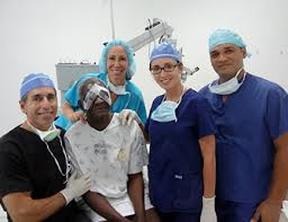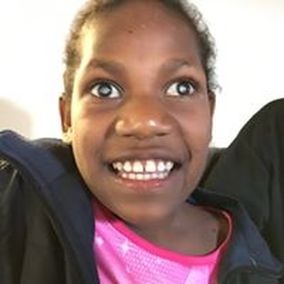MEDIA
Volunteer Testimonials
Read What Our Volunteers Had To Say About Their Experience:
Check Out Our Mission Recap Videos:
MSICS Training Mission
Los LLanos, Dominican Republic
September 2019
HEF Cataract Mission
Koror, Palau
May 2019
Cataract Mission
Nicoya, Costa Rica
November 2017
Cataract Mission
Los LLanos, Dominican Republic
March 2018
HEF Cataract Mission
Tijuana, Mexico
November 2018
MSICS Training Mission
Los Llanos, Dominican Republic
September 2018
Cataract Mission
Dominican Republic
2014
Cataract Mission
El Fuerte
Fall 2013
Cataract Mission
Taveuni
2013
Cataract Mission
Dominican Republic
Fall 2013
HEF Cataract Mission
Palau
2023
MSICS Training Mission
BLANK
BLANK
Taveuni 2015 Photos



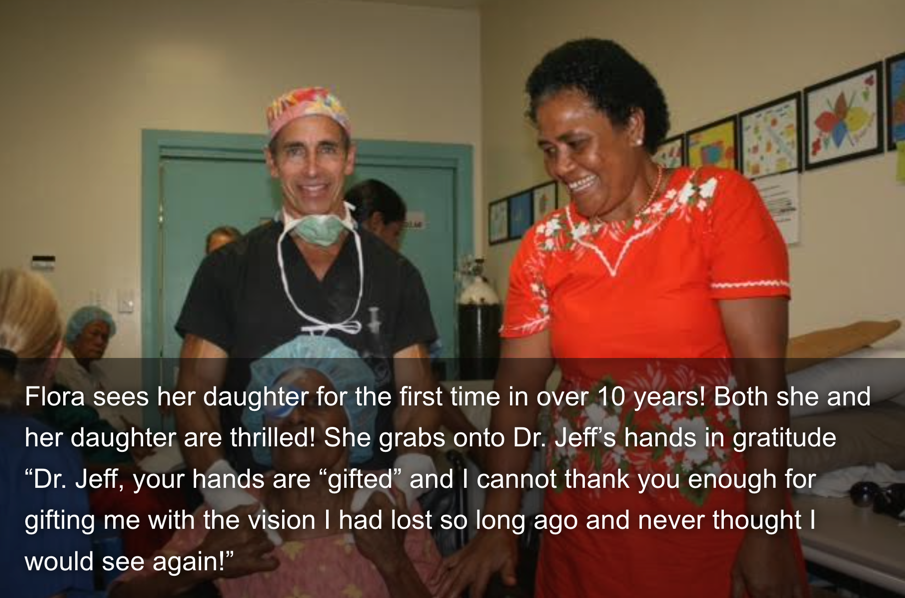

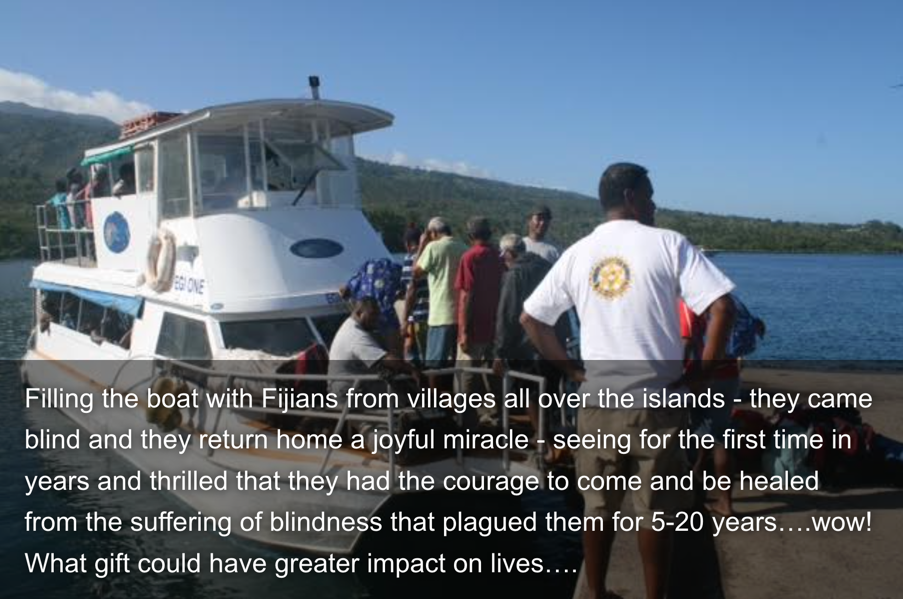
Tijuana 2015 Photos
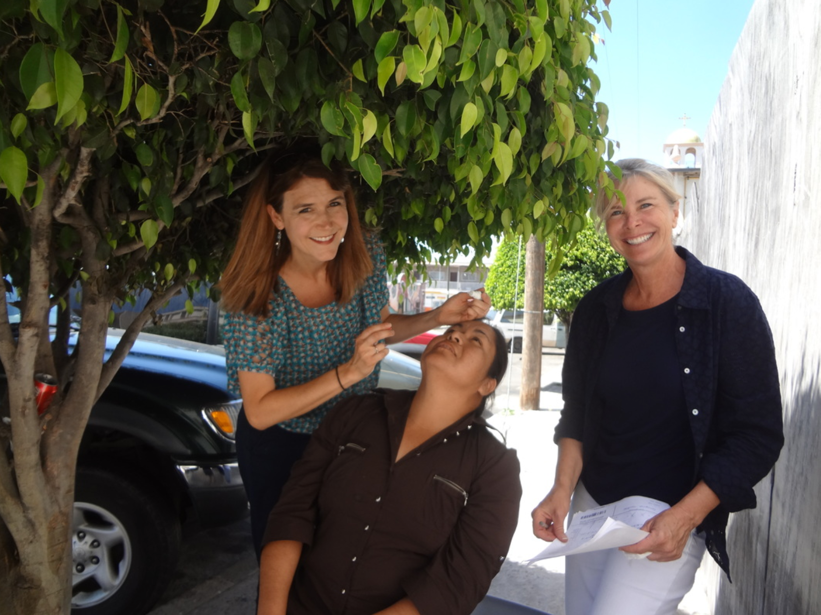

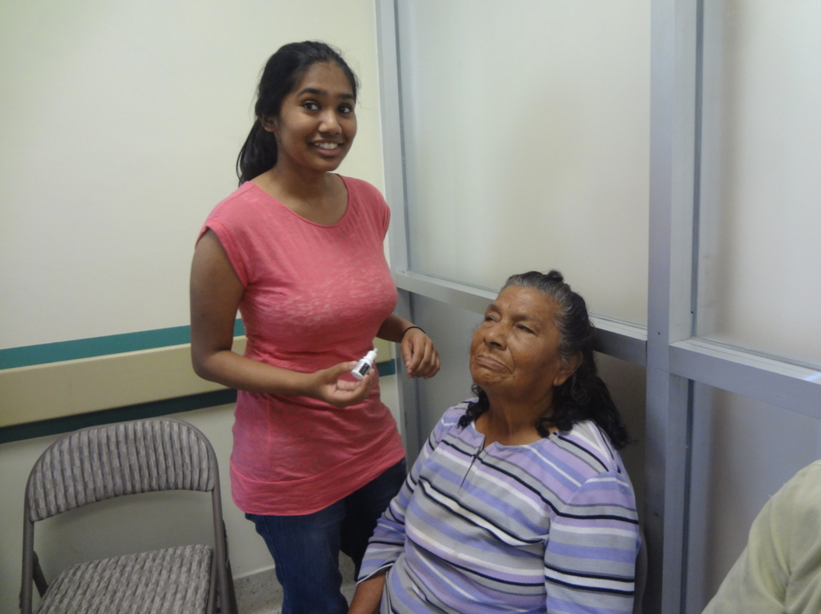

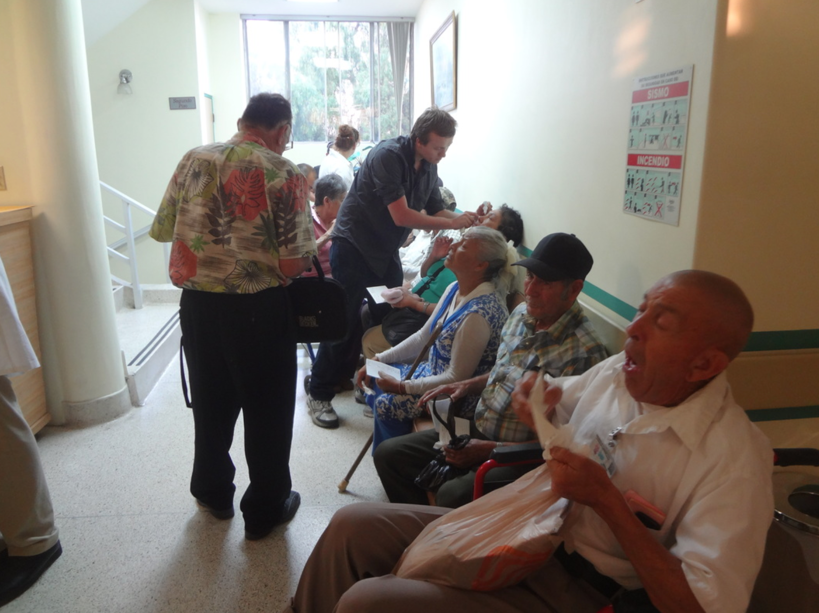
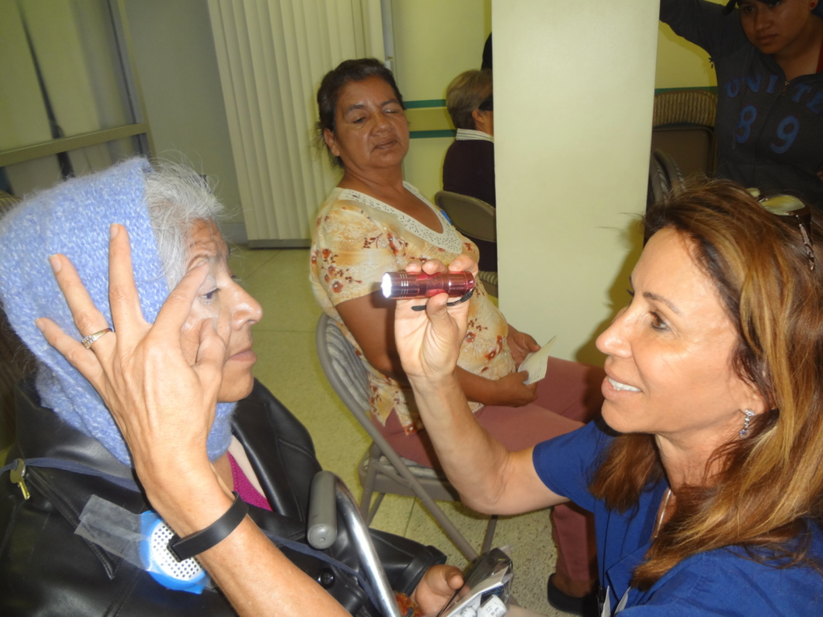
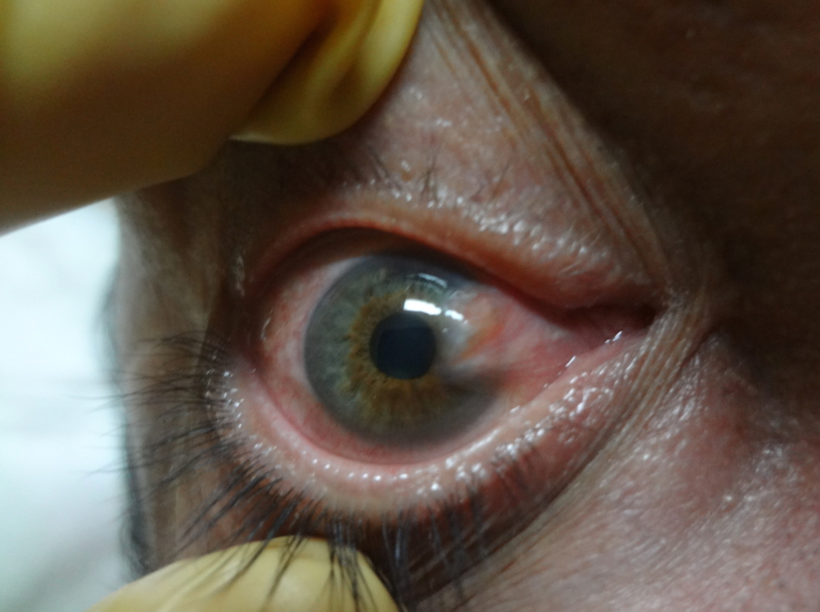
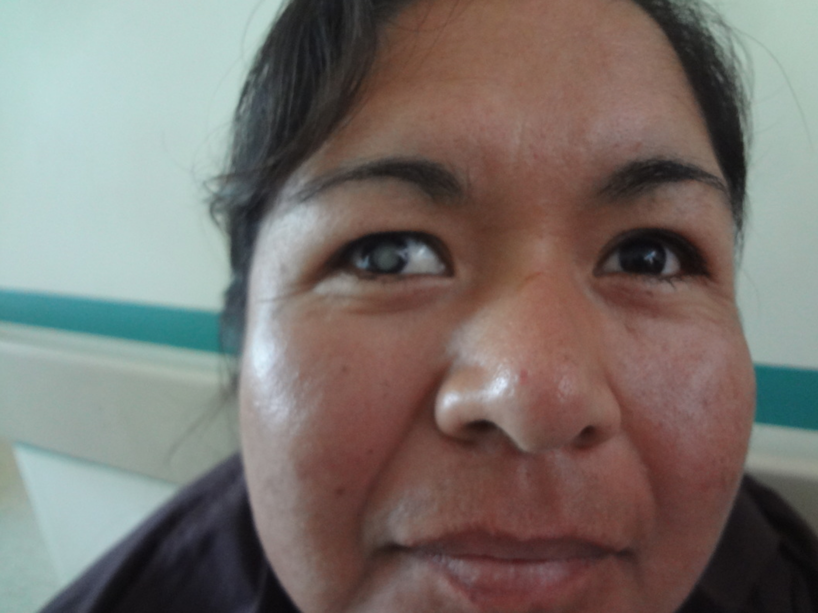
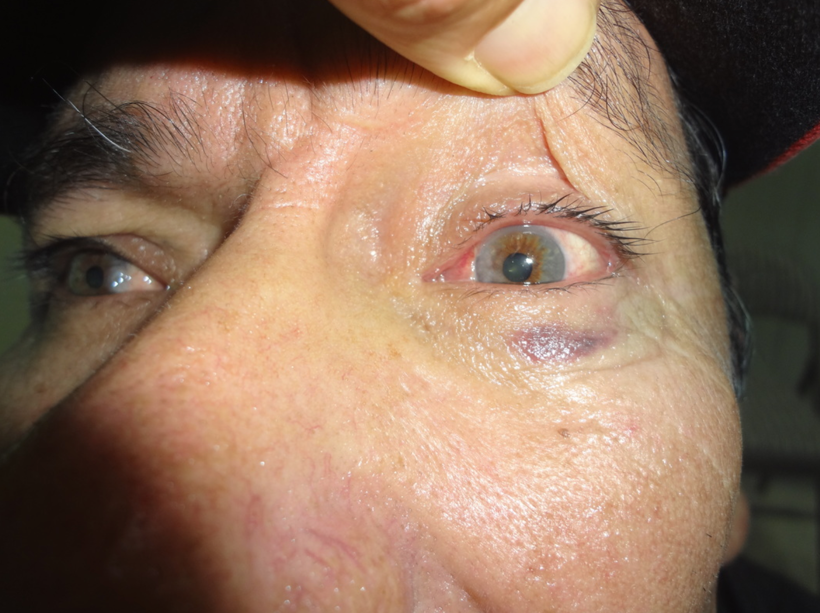


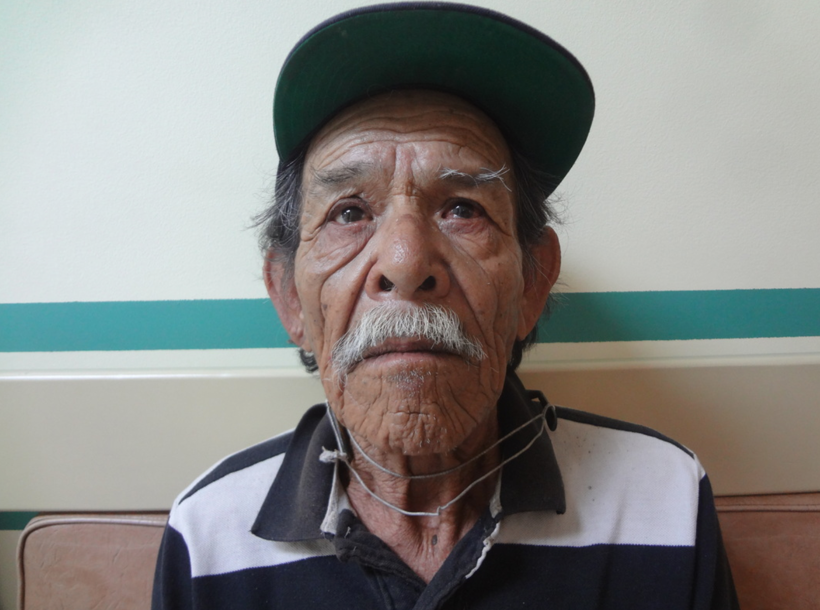
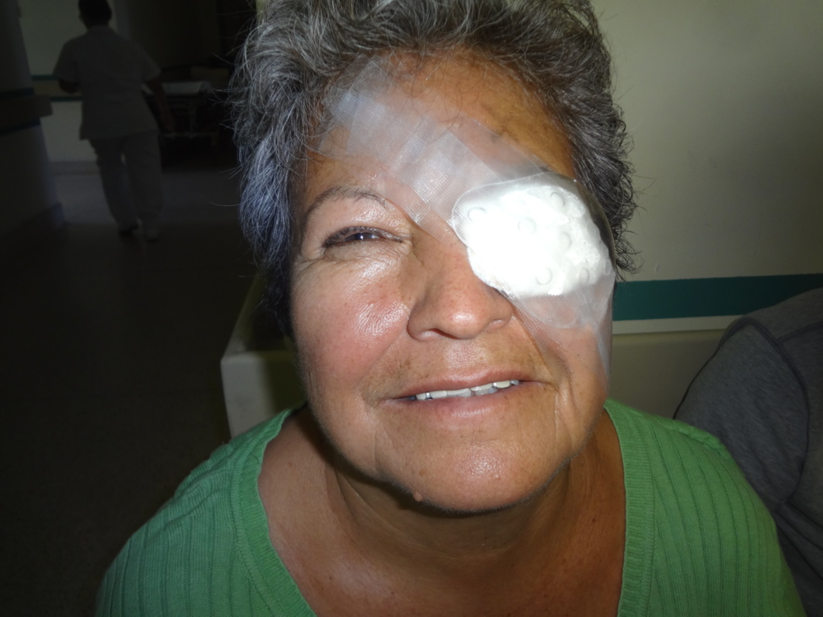
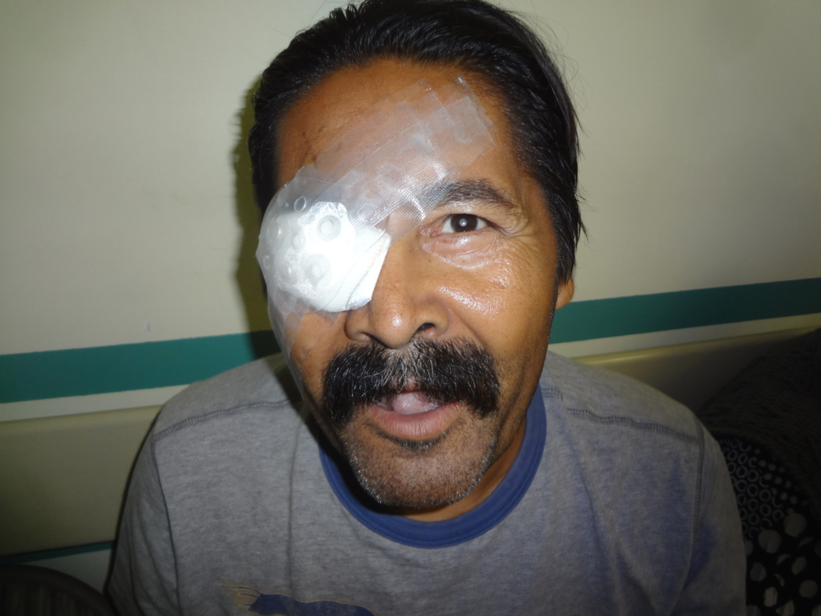

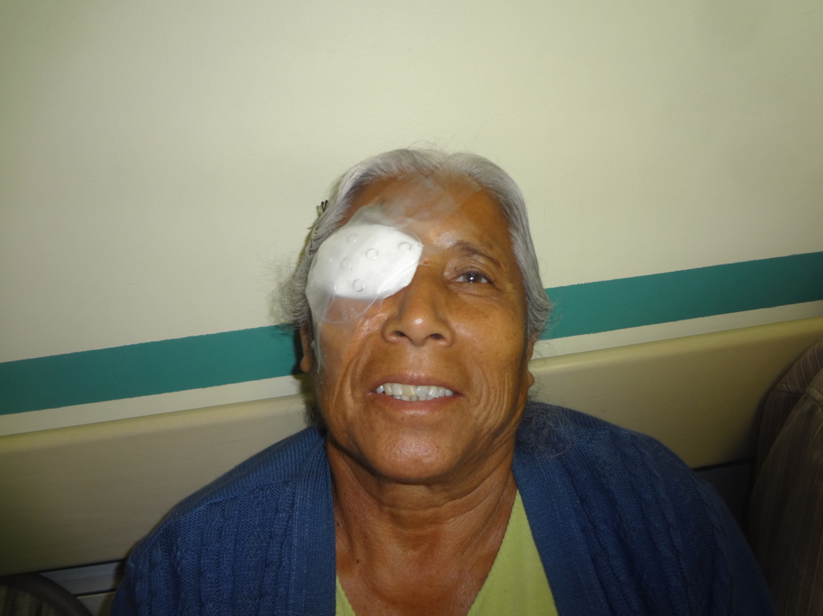
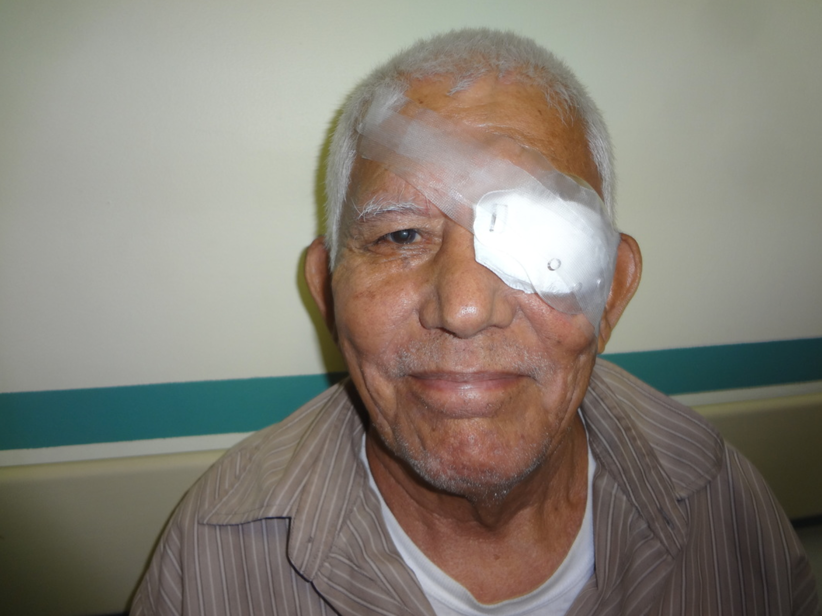
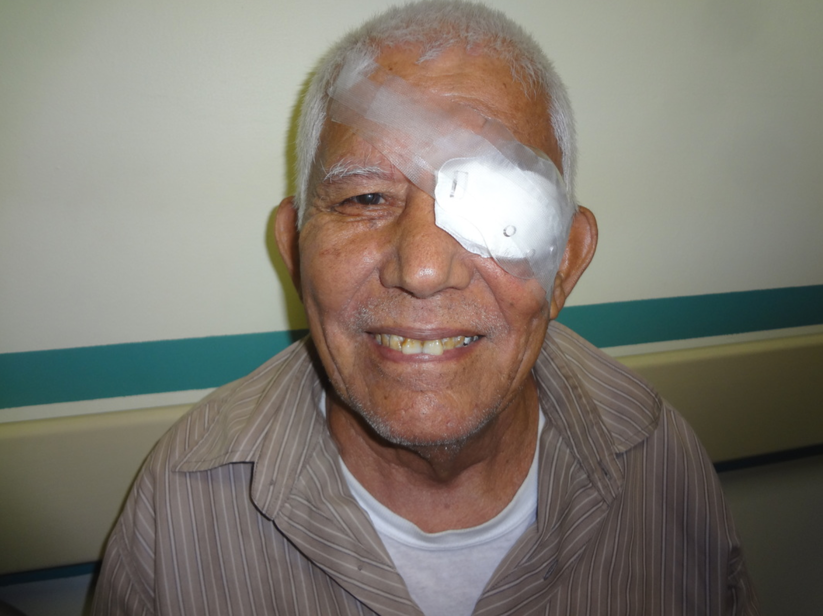


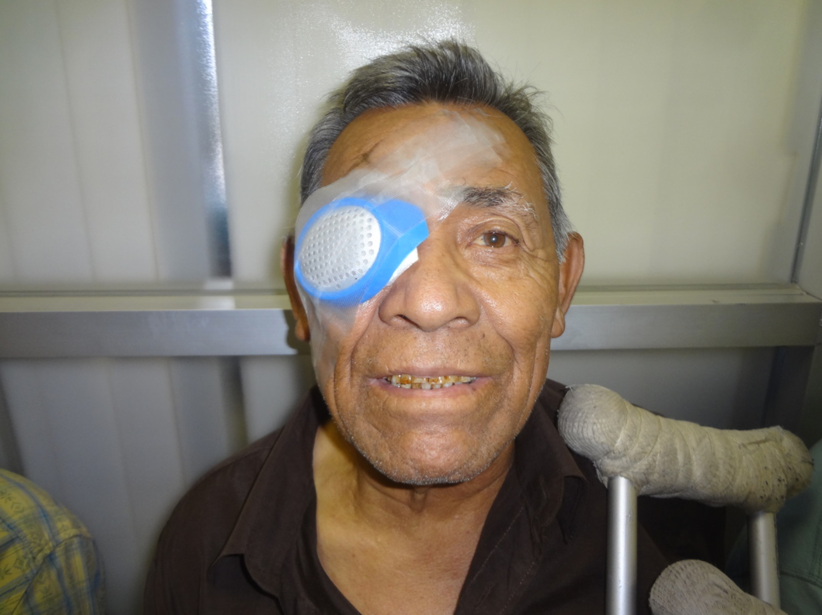
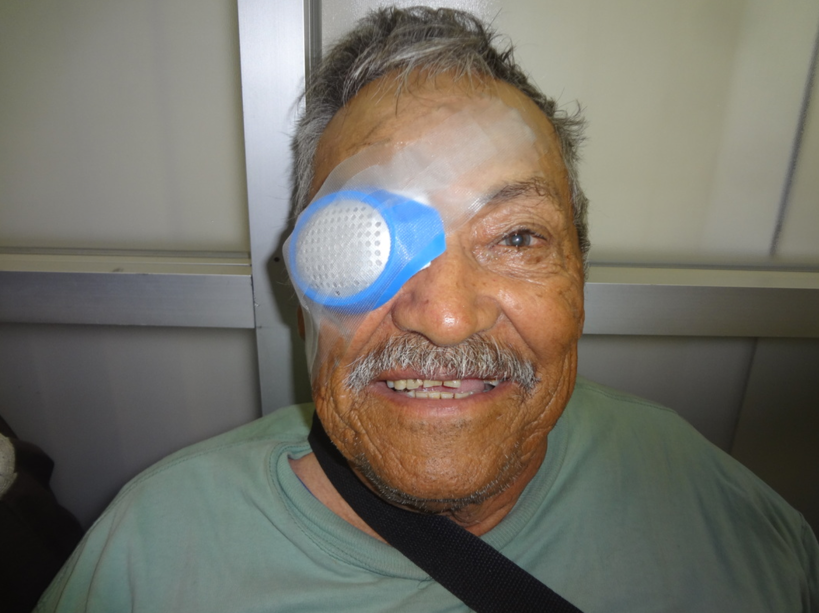
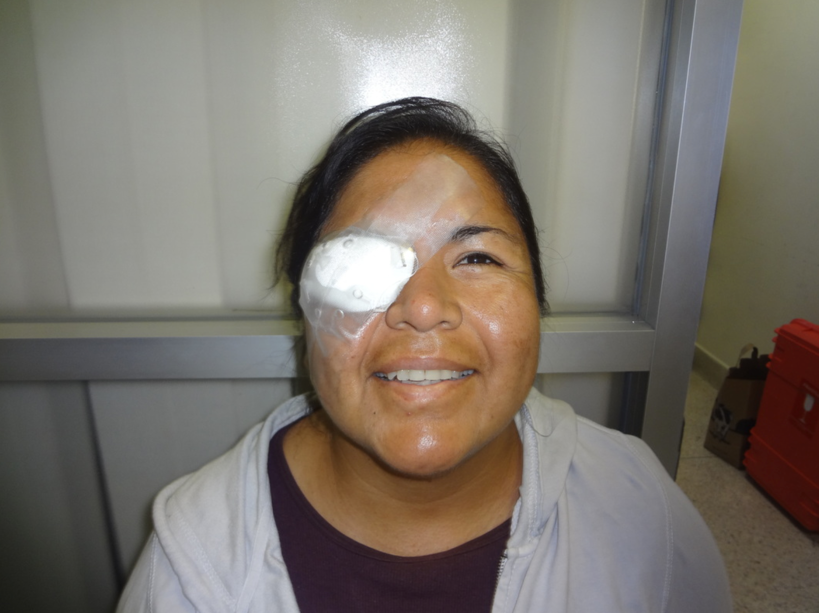
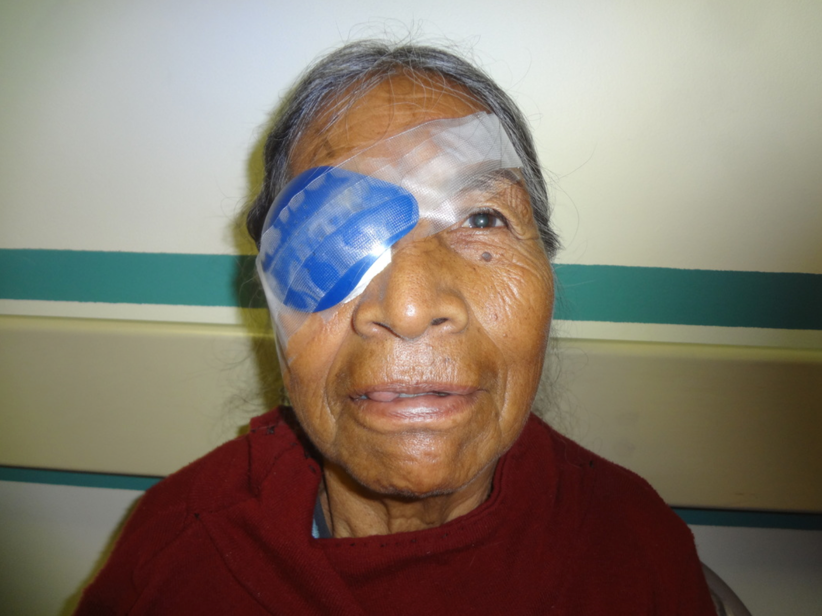



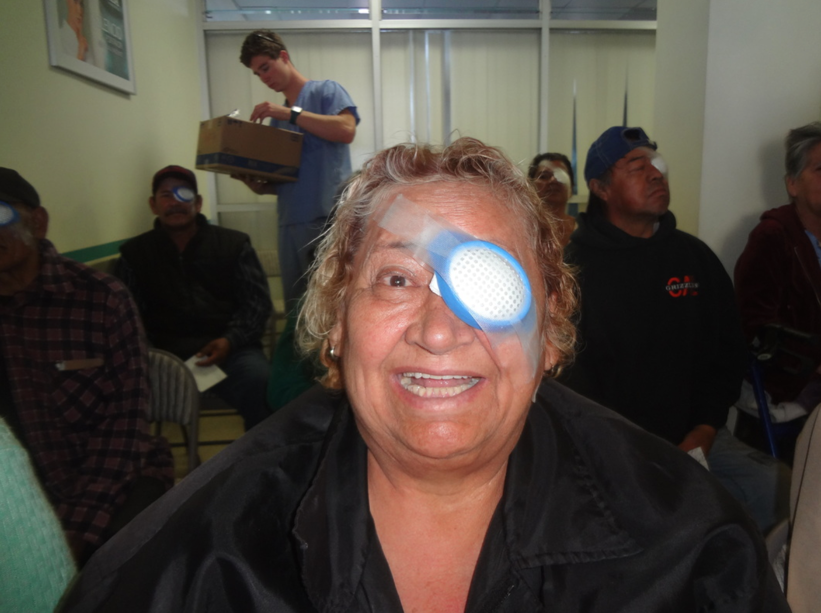

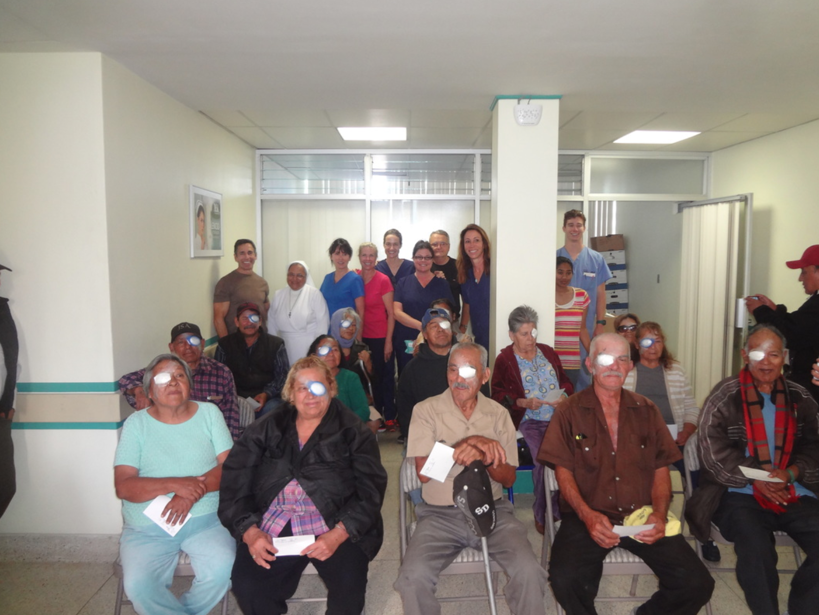
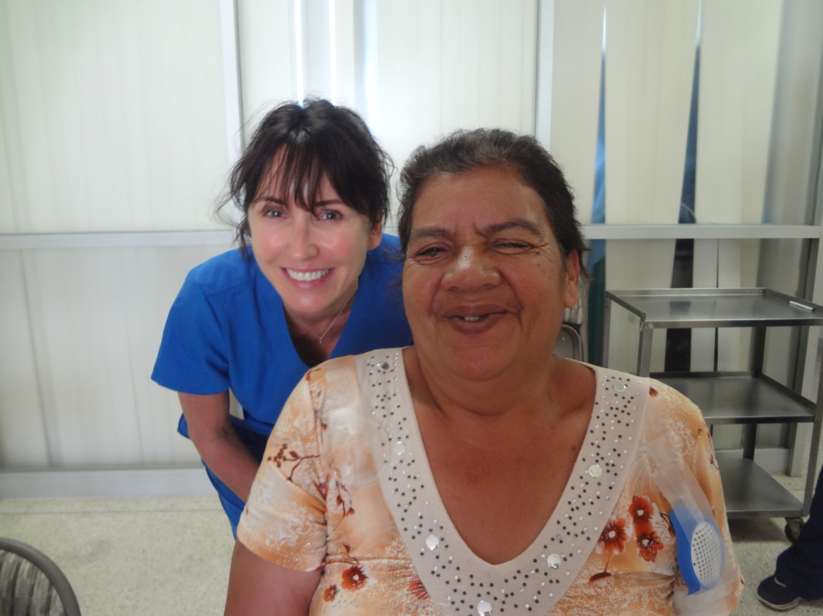
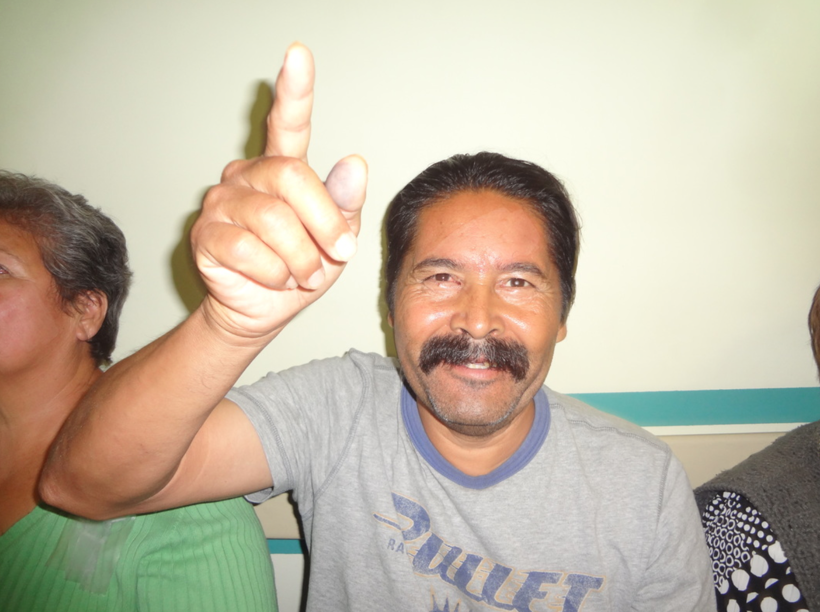
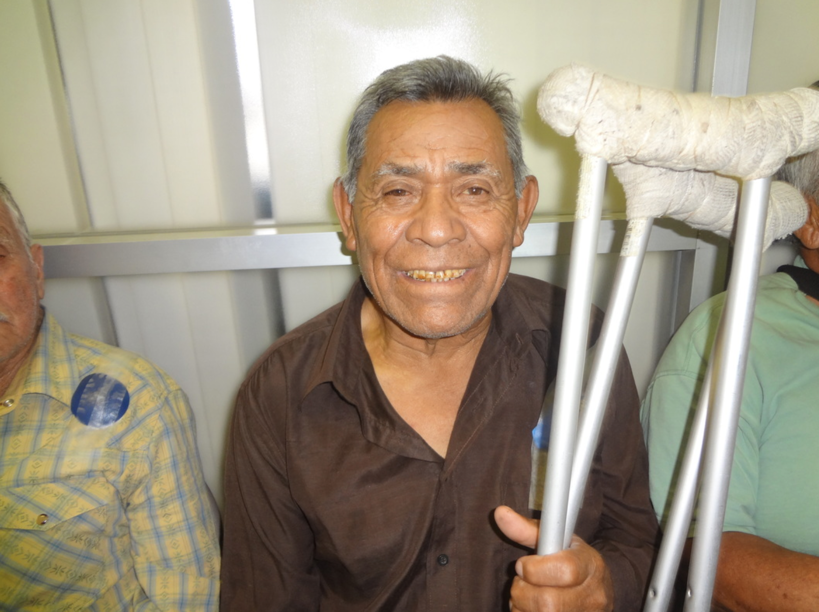

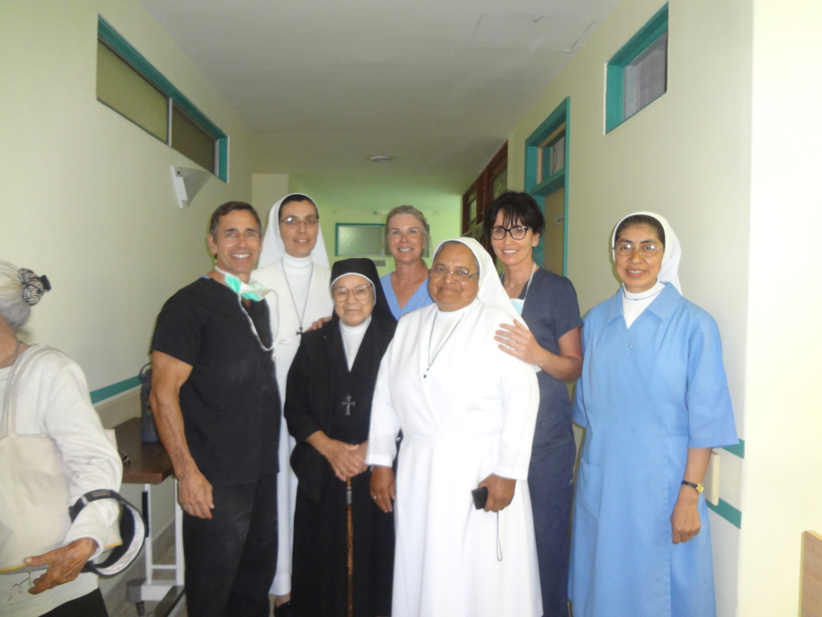
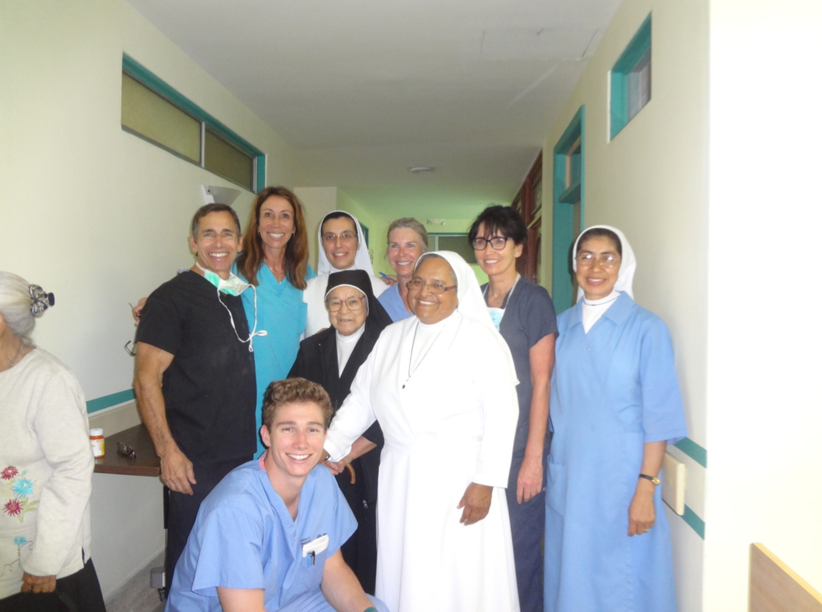
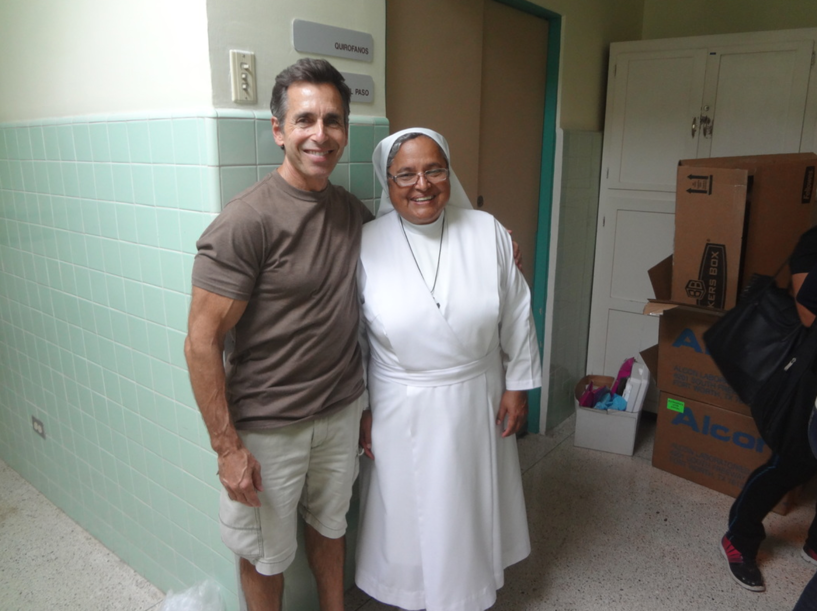
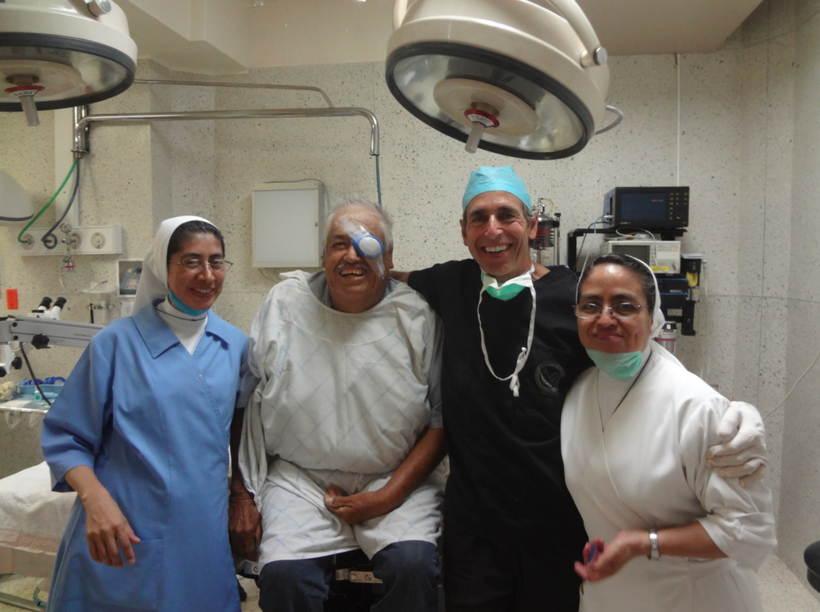
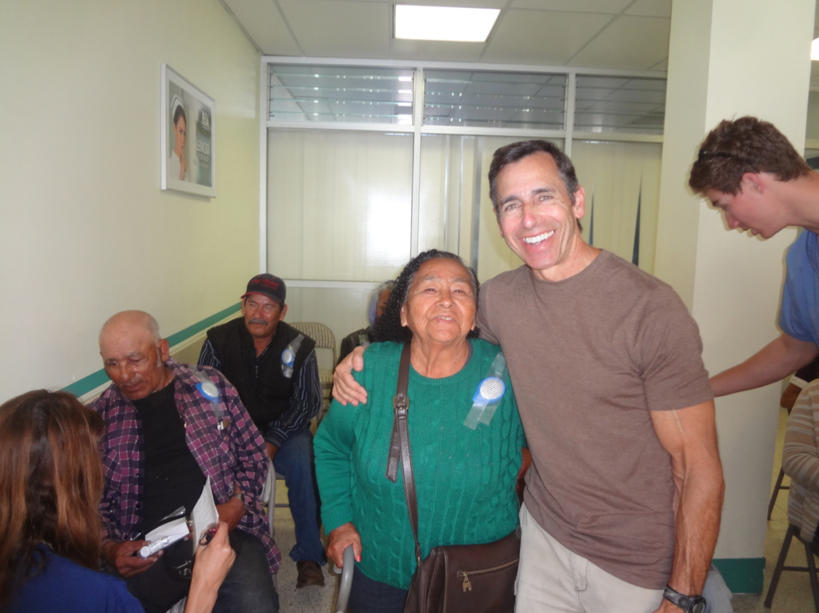
Articles
Cost Effective Health Care Dollars
Jeffrey P. Rutgard, M.D.
Originally published on the Hawaiian Eye Foundation
Why Sight?
Blindness and visual impairment is a solvable world crisis.
An estimated 39 million people are blind worldwide, with another 246 million living with significant visual impairment. Eighty percent (80%) of global blindness is caused by cataracts, a condition that can be reversed with a 15-20 minute operation.
Poverty & Sight
Blindness or visual impairment can keep individuals and families trapped in the devastating abyss of poverty. By restoring sight and preventing blindness, those affected are able to, once again, take care of themselves and their health. They can be productive members of their family and release a member of their family from the bondage of being a fulltime care-taker for the blind relative. Once visually rehabilitated through cataract surgery, the blind or visually impaired person can lift themselves, and their family, out of poverty. The World Bank ranked cataract surgery as one of the most cost-effective health interventions that can be offered in low- and middle-income countries to the many who cannot afford the cost of such surgery.
Education and Opportunity
Globally, 19 million children are visually impaired or suffer from blindness. Children who have vision problems are most often unable to get an education. Those who have their sight restored are given an average of 50 years of sight, allowing them to learn and build a brighter future filled with opportunity.
Empowering Women and Girls
Two-thirds of the world’s blind are female. We reach out to women and girls to make sure they are receiving the essential eye care they need, overcoming the social, cultural, and economic barriers they may face. As a result, they can lead healthy, productive lives.
Profound & Immediate Impact
The majority of eye care treatments can transform a life almost instantly. A pair of glasses brings the world into focus. A 15-20 minute cataract operation restores sight and independence. Eye drop medication for eye infections prevent suffering and potentially decades of blindness. Quality eye care provides an immediate and lasting impact.
Builds a Better Future
When you restore sight to one person, you are giving life to two people. Seventy-five percent (75%) of visually impaired people are assisted by a relative to do basic Activities of Daily Living (ADLs) such as washing, dressing, toileting, and eating. A majority of the time this relative is a child. Restoring vision to an adult releases these “seeing eye children” and allows them to return to productivity and attend school. Since cataracts are common, cataract surgery relieves many people in each extended family from the economic, educational, and productive barriers that deepen their poverty and affect their daily quality of life. Restoring vision to the impoverished allows them to lead productive lives, while enabling entire communities a better future.
Build Capacity
Partnering with local hospitals and members of the community to provide training skills and services improves access to quality eye care. The result is improved infrastructure for eye care, which decreases needless blindness.
Surgery
Low cost, high-quality surgeries cure blindness. Over 50% of blindness is caused by cataracts. For as little as $100, a 15-20 minute eye surgery can cure this condition.
Glasses
A pair of glasses can bring the world into focus. They open the door of opportunity for children to receive an education and adults to work and have a better future.
Medical Treatment
Access to the most basic eye drop or eye ointment medicine can mean the difference between a simple eye infection, acid chemical burn, or corneal abrasion healing in a few days, or a life tragically altered by blindness. Creating an infrastructure of trained, local, eye care personnel and access to medications can make all the difference for the future of a child or an adult.
Where Should This Eye Care Be Directed?
The greatest need is found in developing countries around the world. A majority of people live without the benefit of desperately needed medical care. Of those blind from curable cataracts, 90% live in developing nations.
Summary
Blindness and visual impairment can be prevented and/or cured in the majority of cases worldwide. Eye treatment in the form of cataract surgery, glasses, and medications for infections and minor injuries are some of the most cost-effective health dollars. Focusing on the prevention and treatment of curable eye problems can transform the lives of those living in developing countries where access to this care is both unaffordable and unavailable. The result is an improvement in the quality of life and economics for individuals, their families and their communities
Rutgard on eye missions
SERAFINA SILAITOGA, 24 October, 2015
Originally published on the Hawaiian Eye Foundation
THE Rotary Club of Taveuni held its annual eye project this week bringing in American eye surgeon and founder of iSight Missions Dr Jeff Rutgard.
In the past decade the club’s eye project has helped more than 1500 people.
Rotary Club volunteer Peter Malden said being part of the project was a blessing as their assistance made a difference in peoples lives.
“So far this week we have treated about 160 patients who have travelled from around the country,” he said.
“Most came in with blurry vision had that fixed by the surgeons and it feels so good to see them return home with a better eyesight.
“One of our patients this week was an elderly woman who has cataract in both eyes and Dr Jeff attended to that so she went back home with a new sight.”
Mr Malden said the rotary clubs in Australia and New Zealand had also helped out in a major way.
“We brought in a carton of Ray-Ban sunglasses that was collected from airports, coffee shops, internet cafes and other popular meeting places in Australia and New Zealand,” he said.
“These are very expensive sunglasses so we gave them out to the patients and it is so amazing when you see them being happy about the assistance.
“In this past decade, the major people running the show are the ones here in Taveuni and Viti Levu because they are all volunteers. No one complains and the project continues to be a success.”
Club executive Josephine Amos said another 100 patients would arrive next week.
“We have sent back the 162 patients treated and we are preparing for more to come next week so it will be a busy period for the club,” she said.
“This project has been a success because of the help from other international rotary clubs and our local volunteers.”
Learn More
Curious to know more? Read the links below. They're full of interesting information about cataracts and blindness.
Click Here to sign up for iSight Missions updates
SIGN UP FOR UPDATES
Help today!
iSight Missions is a nonprofit public charity under section 501c3 of the U.S. Internal Revenue Code. We provide quality eye care and perform vision-restoring surgeries to impoverished persons around the world. We also train other ophthalmologists and eye care specialists to administer these services. The Gift of Sight, transforms the lives of the blind poor, helping to reverse the depths of poverty, providing hope to those in great need.
© 2020 iSight Missions



